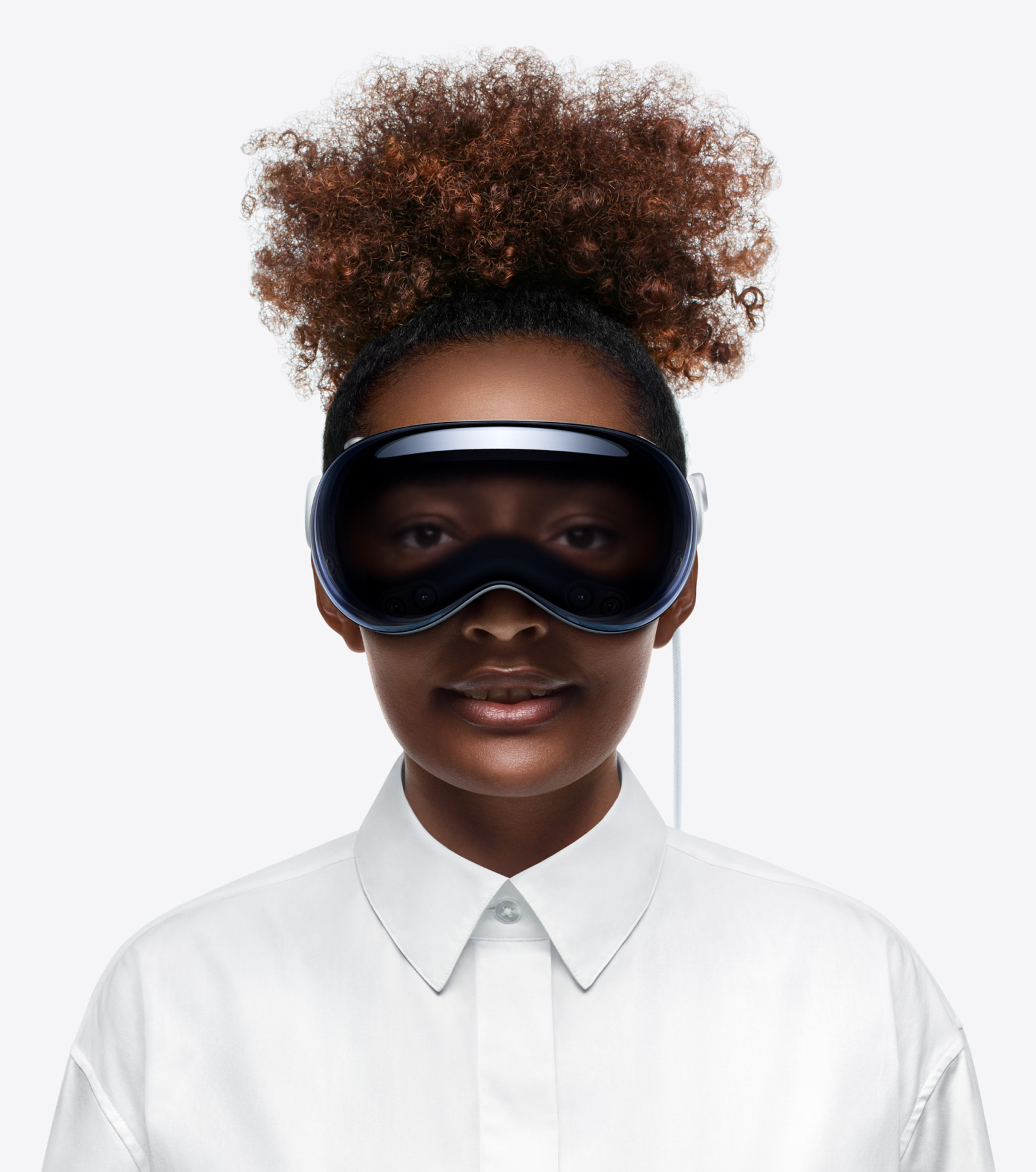Why the era of spatial computing will need its entertainment moment

Photo: Apple

On Monday, Apple announced the February 2nd launch date for the Vision Pro. For those unfamiliar with this hybrid augmented reality virtual reality device, it is, in the words of the press release:“A revolutionary spatial computer that transforms how people work, collaborate, connect, relive memories, and enjoy entertainment. Vision Pro seamlessly blends digital content with the physical world and unlocks powerful spatial experiences in visionOS, controlled by the most natural and intuitive inputs possible — a user’s eyes, hands, and voice.”
For those Apple fans nostalgic for the Steve Jobs era of seamlessly executed category defining tech hardware releases, the Vision Pro feels like the start of a new dawn in interactive functionality between people, tech, and immersive opportunity. Apple has form in creating these consumer tech moments with the Apple Watch, iPad, and the ubiquitous iPhone – the 2007 launch of which defined the true beginning of the smartphone era.While much of the initial publicity follows the iMac premium professional playbook of delivering superior enterprise functionality for high performing creatives (architects, designers, etc.) the spatial computing industry that Apple is looking to define with this product resides with the key use case for the iPhone: entertainment.
Entertainment drives consumer engagement
At $3499 (US), the Vision Pro is firmly beyond the reach of the mainstream consumer – and with good reason. Apple can easily sell the existing use case for the Vision Pro as “an infinite canvas for productivity”. With built-in functionality for productivity and collaboration apps like Fantastical, Freeform, JigSpace, apps from Microsoft 365, and Slack, it is a natural upgrade for creative design-centric business customers. This is further supported through the Vision Pro’s Mac Virtual Display, where users can bring the capabilities of their Mac into Vision Pro, creating an extensive, private, and portable 4K display – ideal for professional workflows.
Featured Report
India market focus A fandom and AI-forward online population
Online Indian consumers are expected to be early movers. They are high entertainment consumers, AI enthusiasts, and high spenders – especially on fandom. This report explores a population that is an early adopter, format-agnostic, mobile-first audience, with huge growth potential.
Find out more…However, just like the iPhone was originally defined as a communication tool before the App Store transformed it into a personal entertainment and productivity hub, the Vision Pro will be catalysed by developing its entertainment functionality. The groundwork for this has already been laid with Apple Vision Pro featuring ultra-high-resolution displays that deliver more pixels than a 4K TV to each eye. This will enable users to watch movies and TV shows from Apple TV+, Disney+, Max, and other services on a screen that Apples states “feels 100-feet wide” with support for HDR content. Through the Vision Pro’s integration with the Apple TV app, users on launch day will be able to access more than 150 3D titles on the device. With a nod to the previous paucity of immersive virtual reality (VR) content, Apple is introducing Apple Immersive Video to the Vision Pro user experience. This is a new VR entertainment format that puts users inside the action with 180-degree, three-dimensional 8K recordings captured with spatial audio. Altogether, Apple is presenting this as delivering “the ultimate entertainment experience”. This is before considering the evolving gaming functionality of the Vision Pro product – at launch there will be 250 titles on Apple Arcade, with Hit games such as NBA 2K24 Arcade Edition and Sonic Dream Team that can be played on any size screen, with spatial audio and support for popular game controllers.
Apple has clearly paid heed to the lessons of VR’s recent past. During VR’s second wave of investment in 2016-2017 MIDiA identified that hardware investment was 17 times greater than the content investment. This ultimately hindered mainstream adoption as the expensive hardware lacked sufficiently compelling content optimised for the VR immersive experience.
The other key VR lesson MIDiA is predicting will get right is pricing. A February launch of the Vision Pro product at a premium price point will enable Apple to gather invaluable performance and user experience feedback before globally launching a mainstream (and tether-free) Vision Product in 2025 at an aspirational, yet affordable, mainstream price point. This will also allow sufficient time for the 150-plus entertainment titles to expand to become globally and commercially compelling enough for the studios to invest in producing visionOS optimised entertainment content.
If the iconic Californian disruptor can successfully execute the content and pricing mix, then Apple in 2024 is heading for its next category defining moment in media tech. As Steve Jobs would say, “it is all about connecting the dots.”
To find out more about MIDiA’s 2024 predictions in entertainment, join us for our free webinar later today:https://www.midiaresearch.com/events/the-algorithm-isnt-listening

There are comments on this post join the discussion.